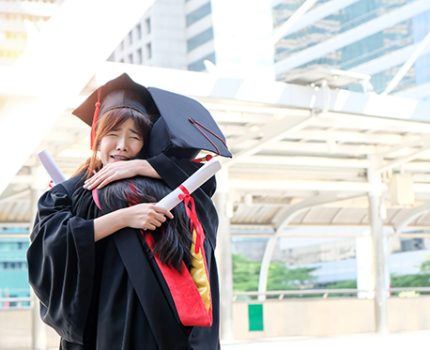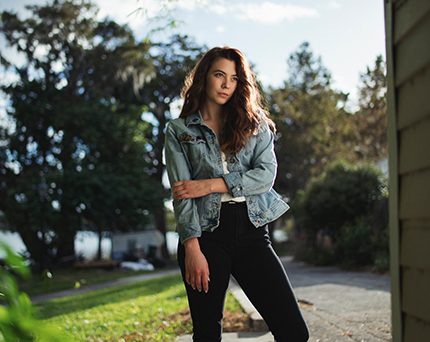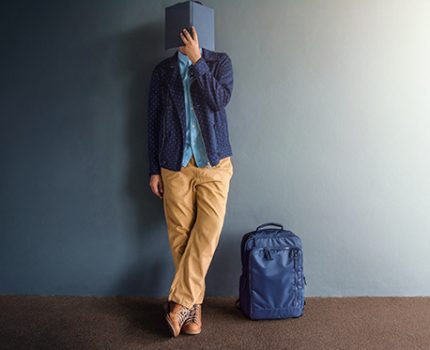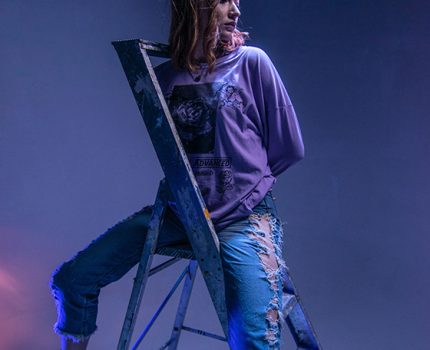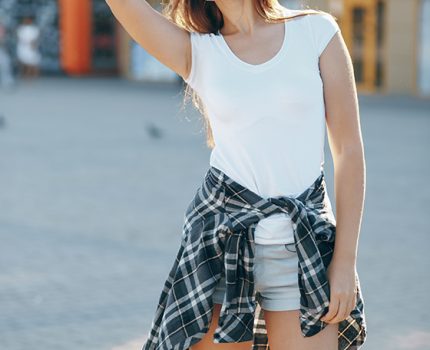Costume Design for Short Films on a Budget
Crafting compelling costume designs on a budget for short films involves creativity and strategic planning. Thorough research of the film’s setting, time period, and character background is crucial. Repurposing materials from thrift stores, garage sales, or personal wardrobes can keep costs low. DIY techniques like simple sewing or fabric glue are effective for customization. Networking within the community for surplus materials or collaboration can be invaluable. Prioritize versatile and functional items when purchasing new materials to maximize value. By leveraging these strategies, filmmakers can create memorable, visually appealing costumes without financial strain.



